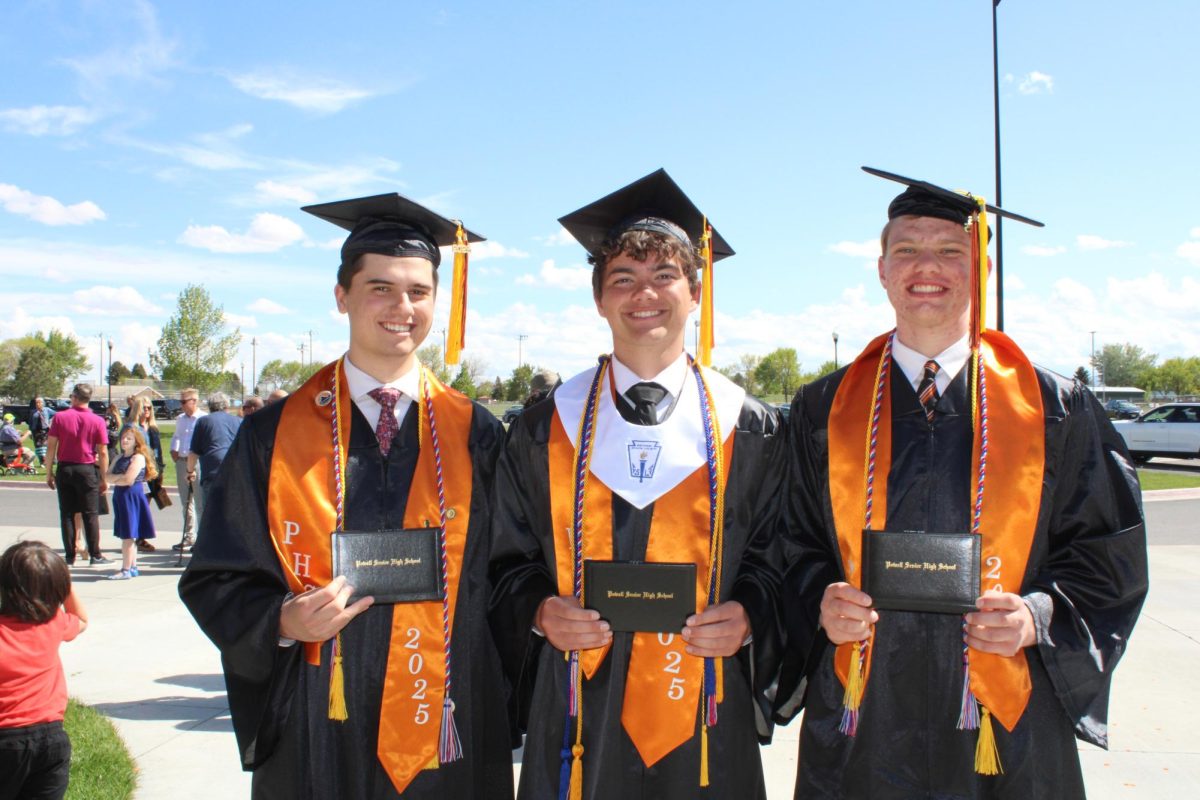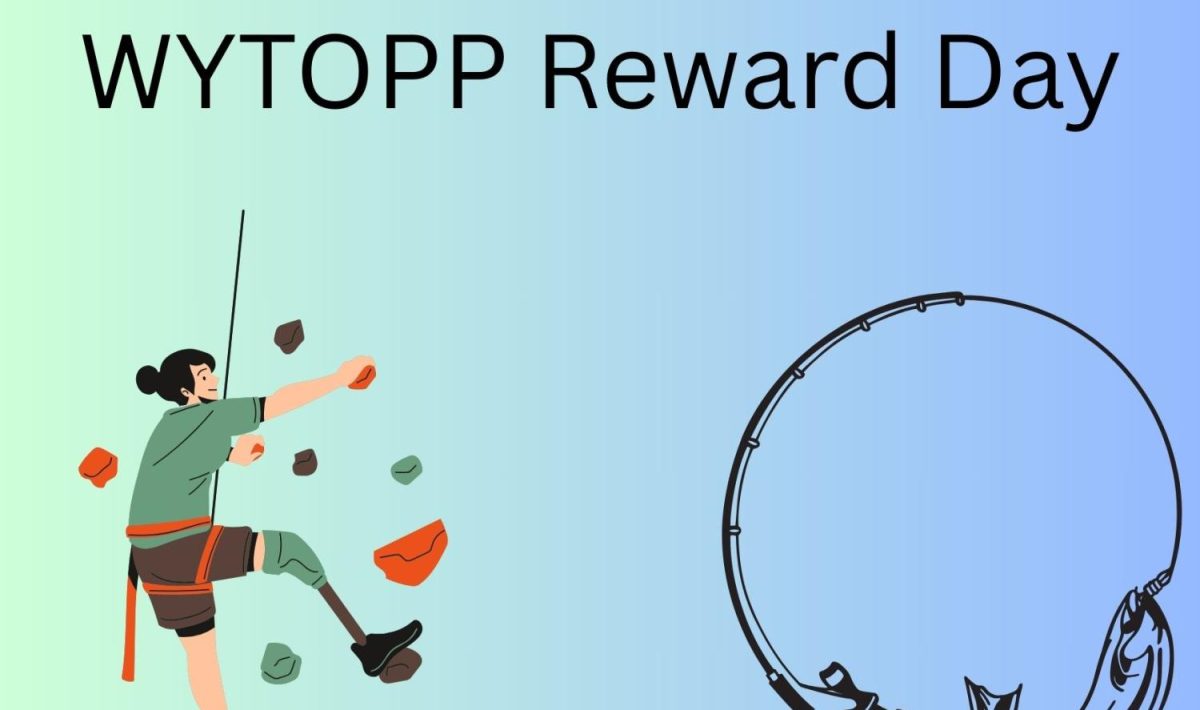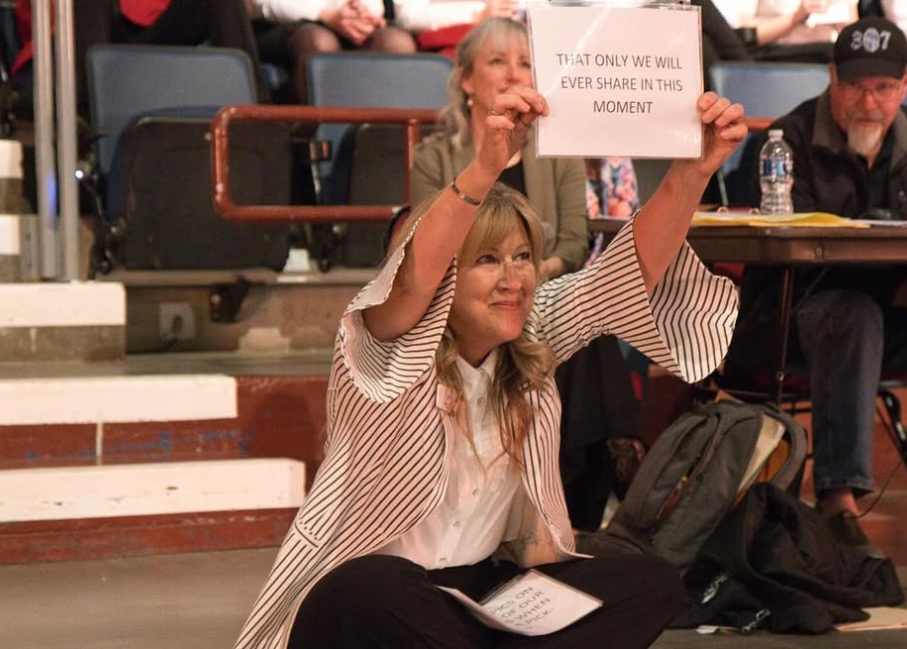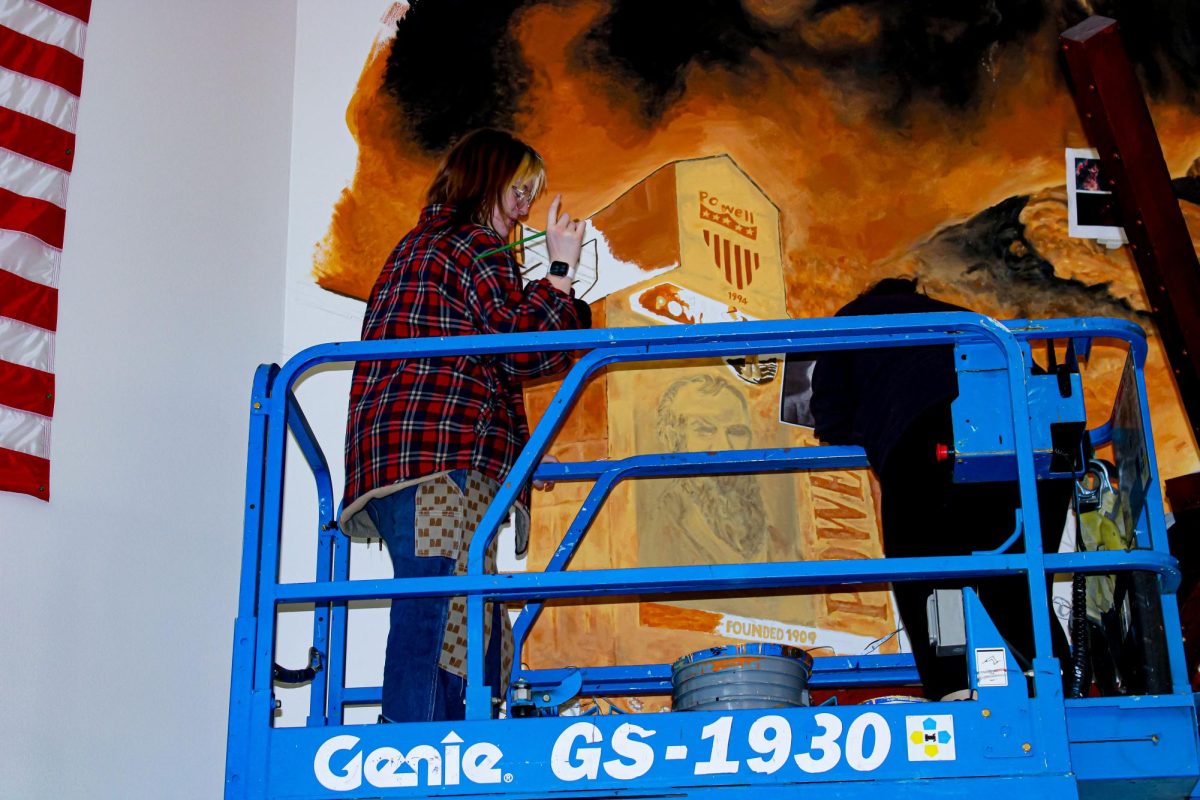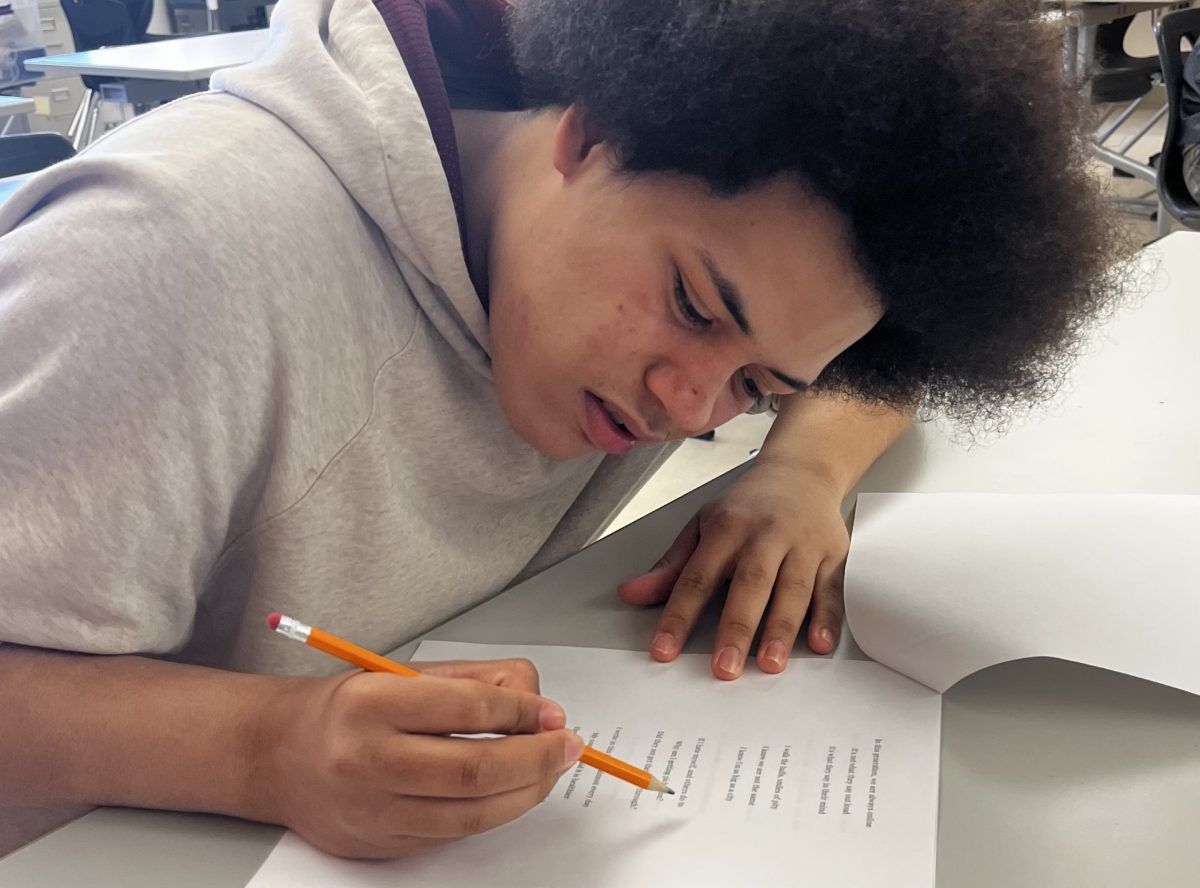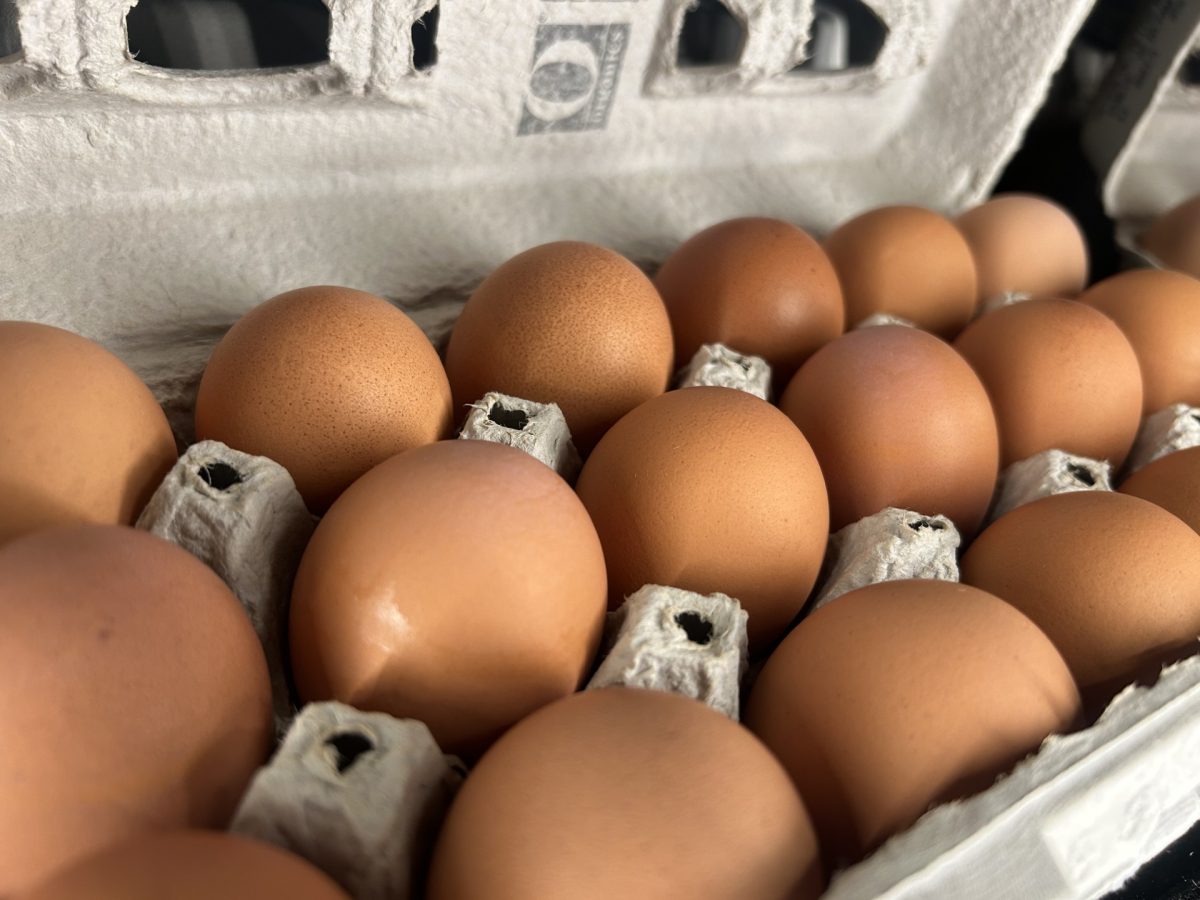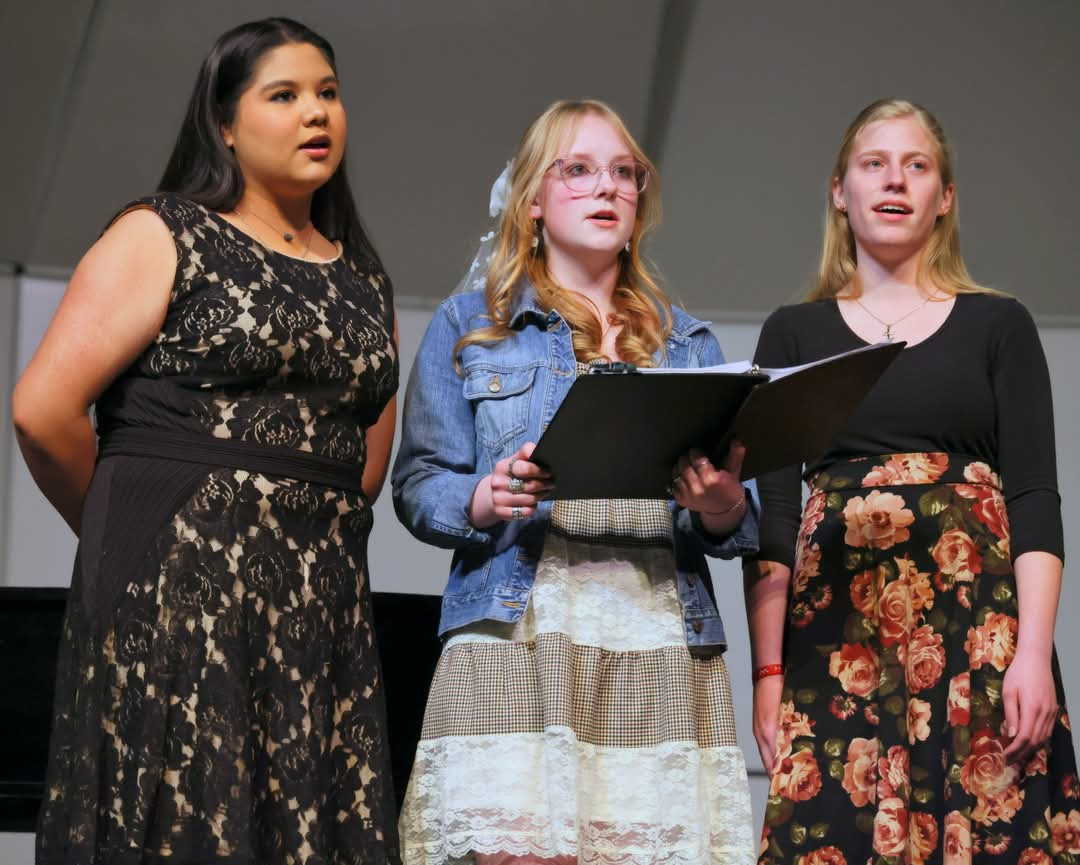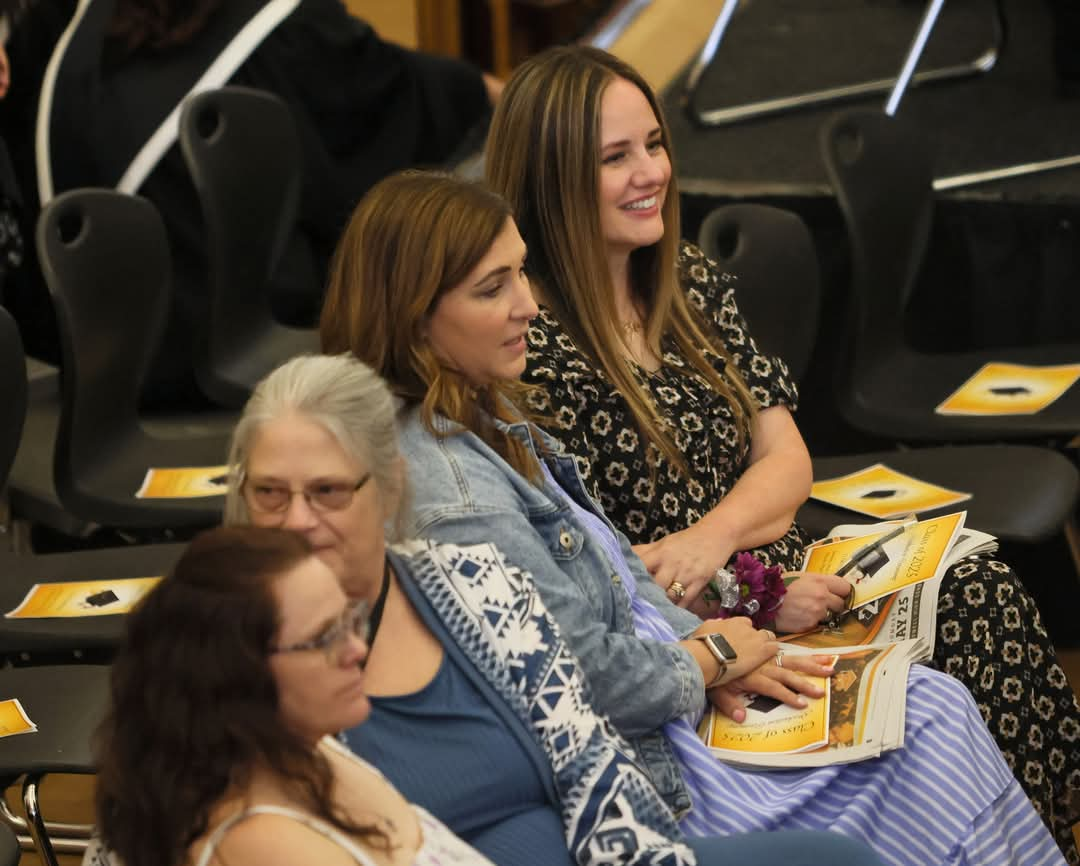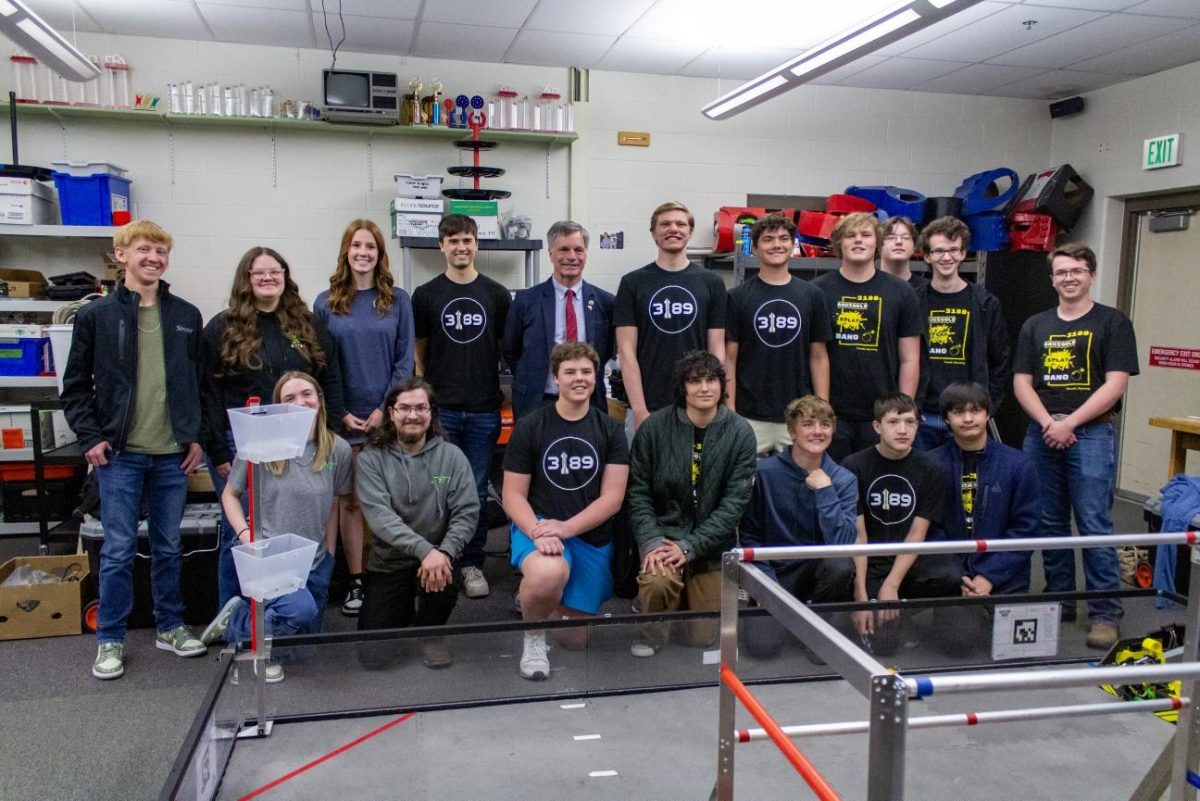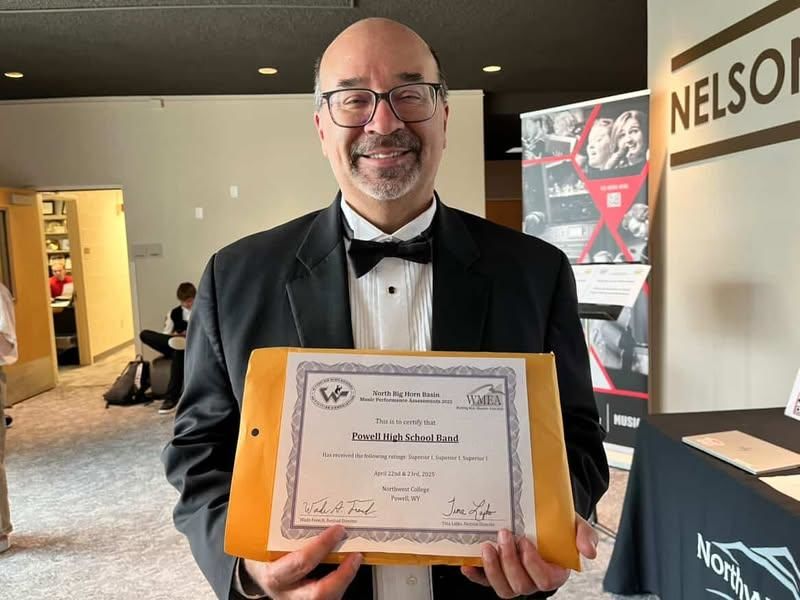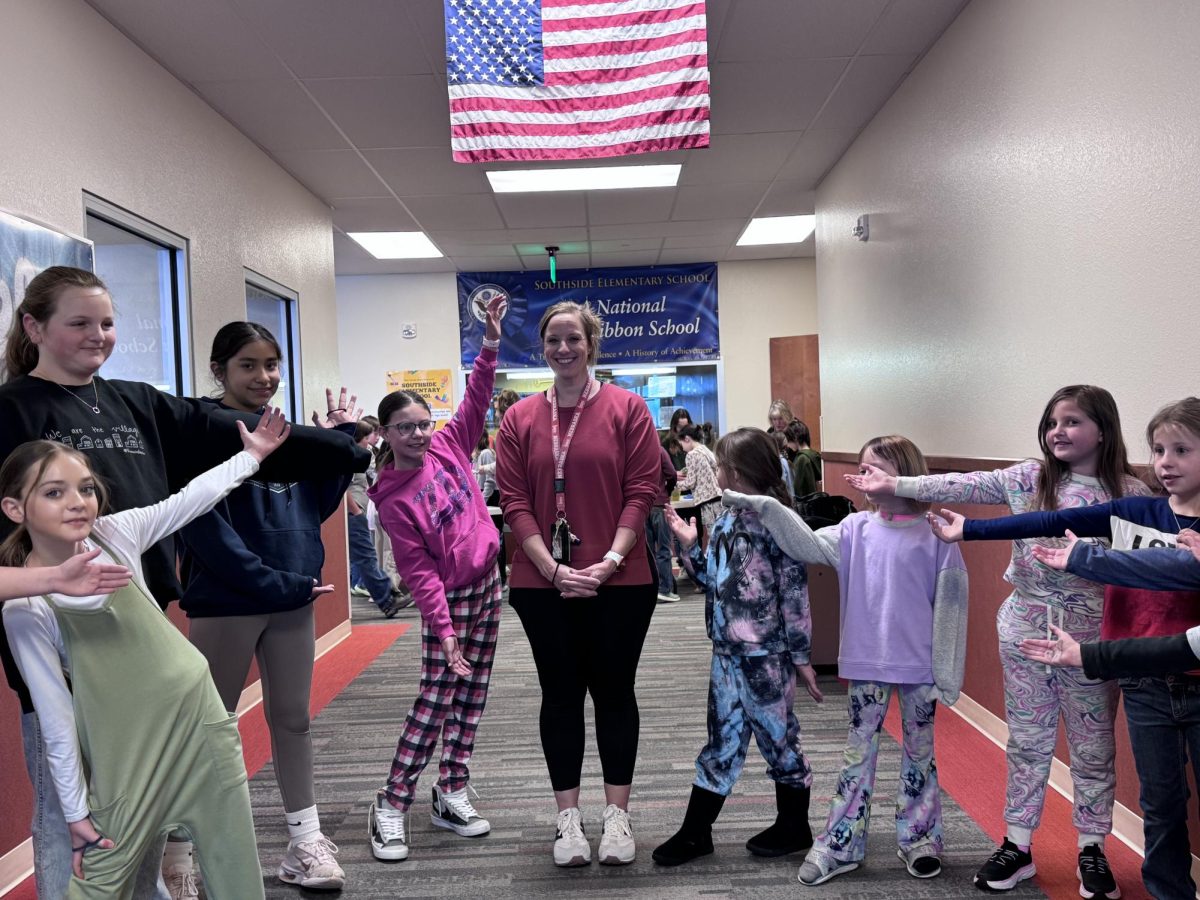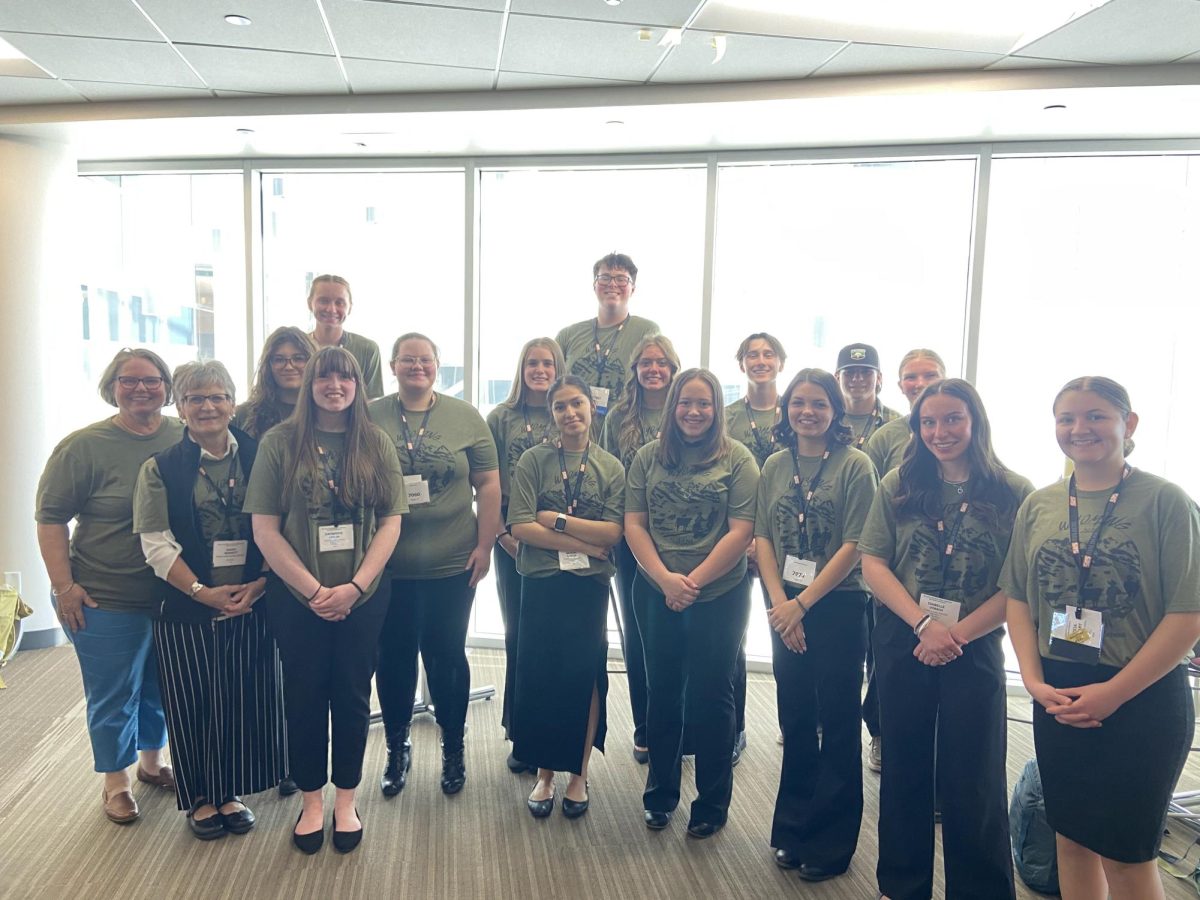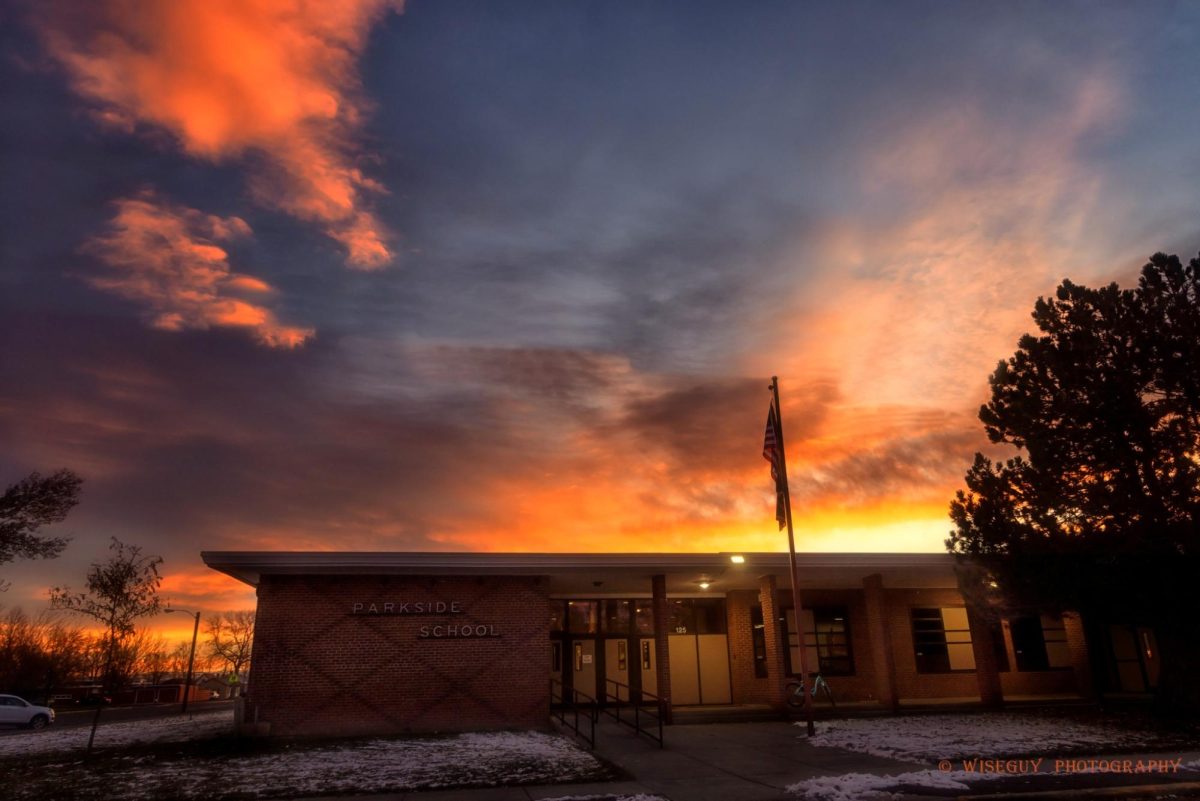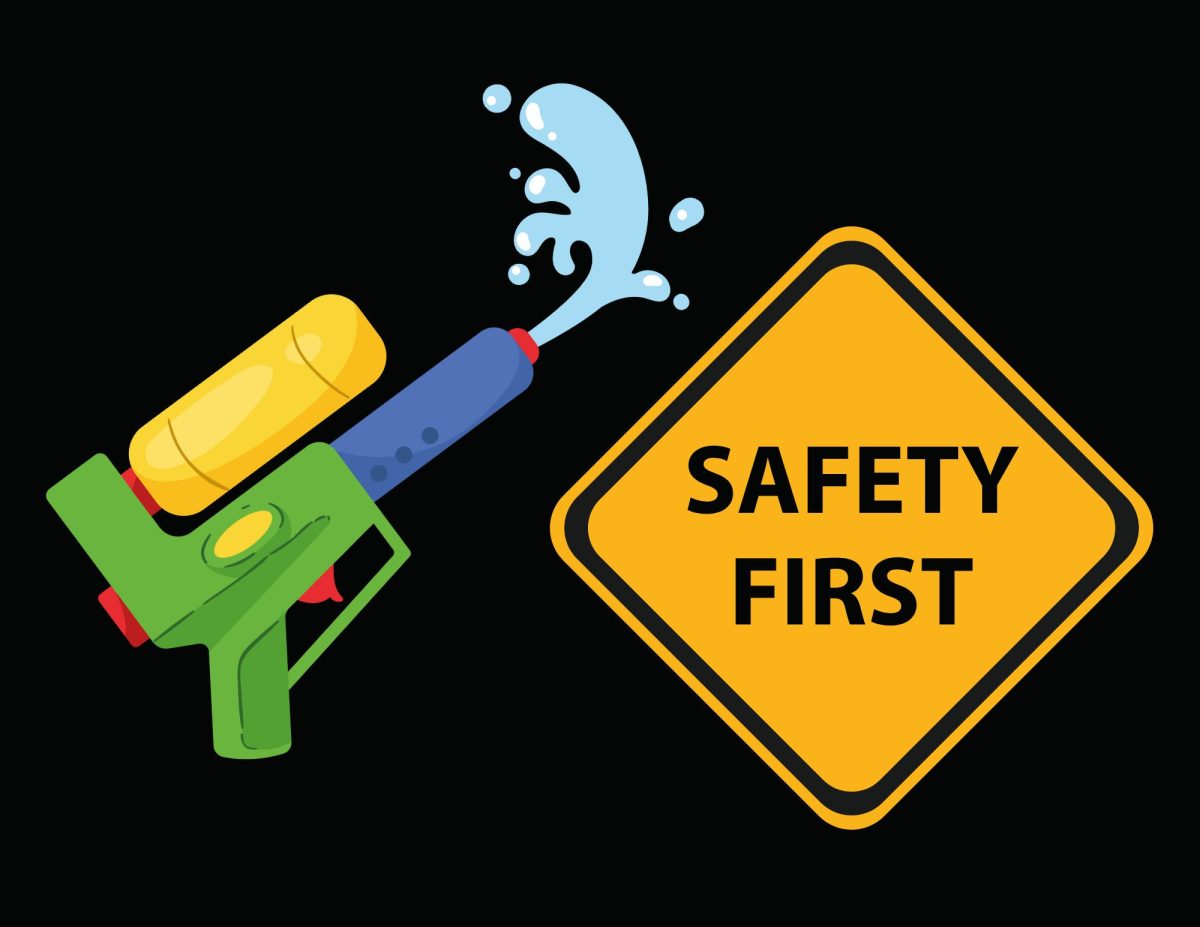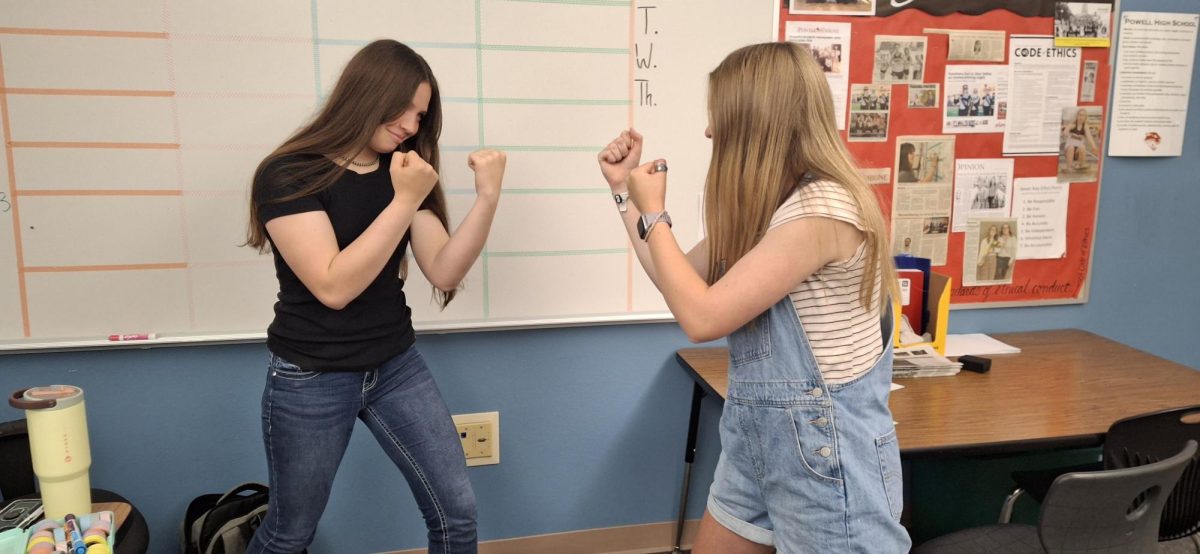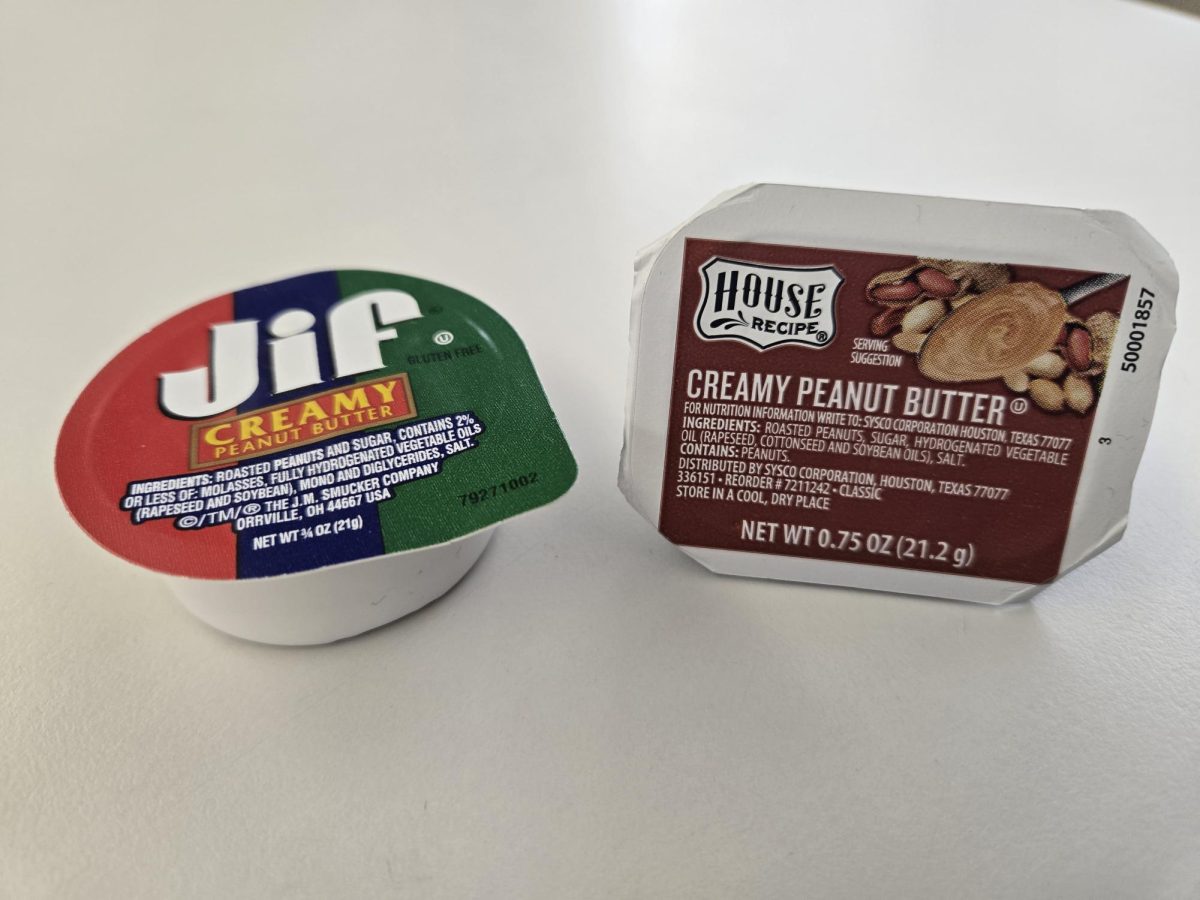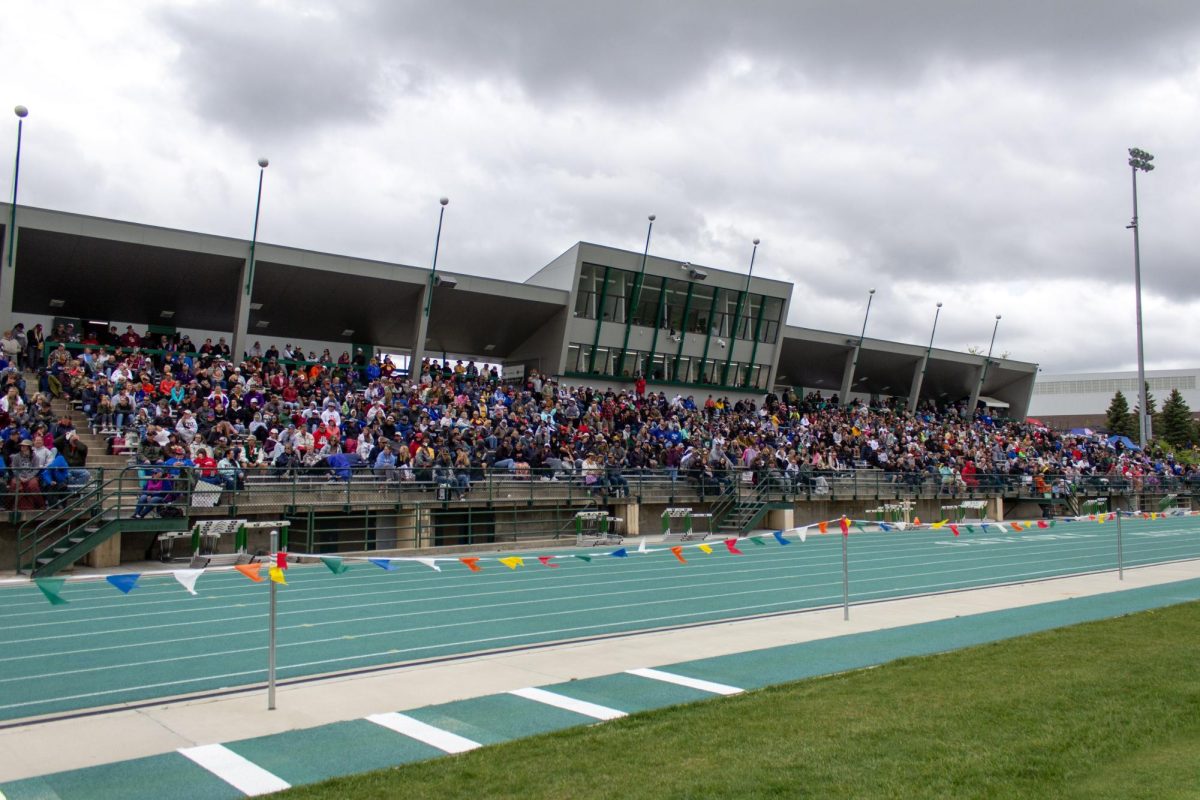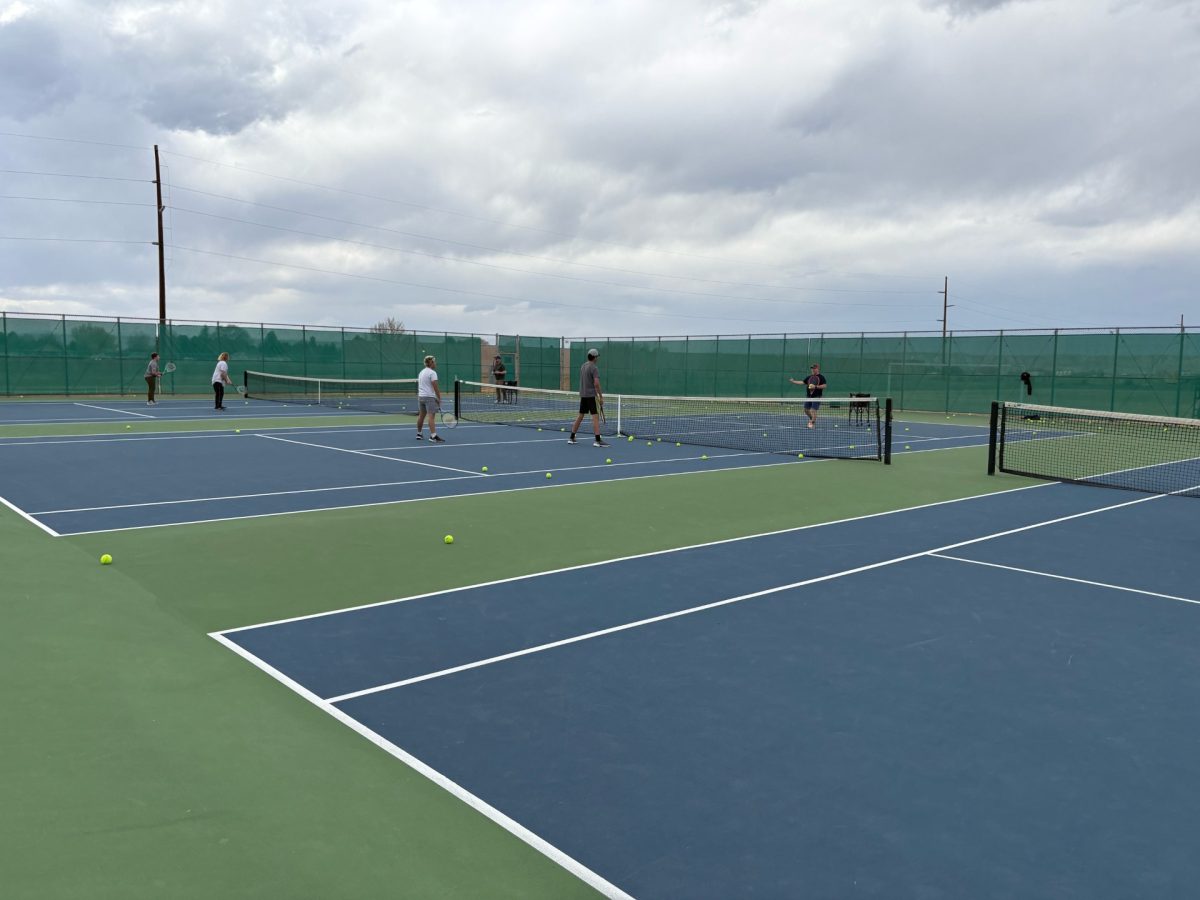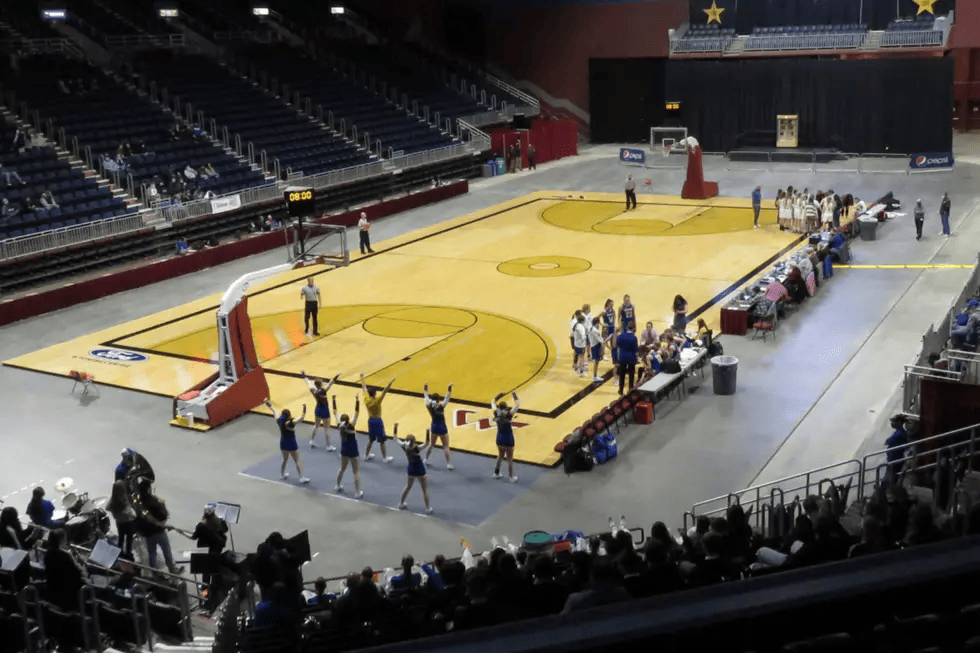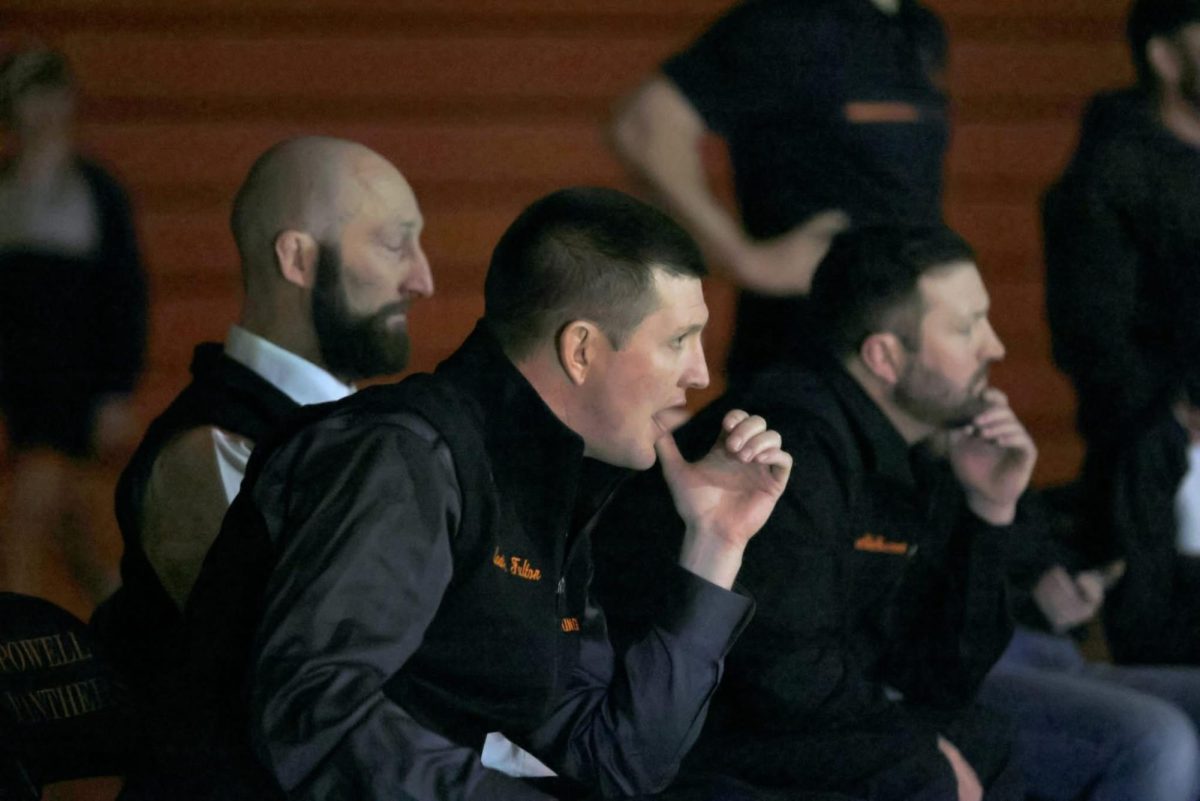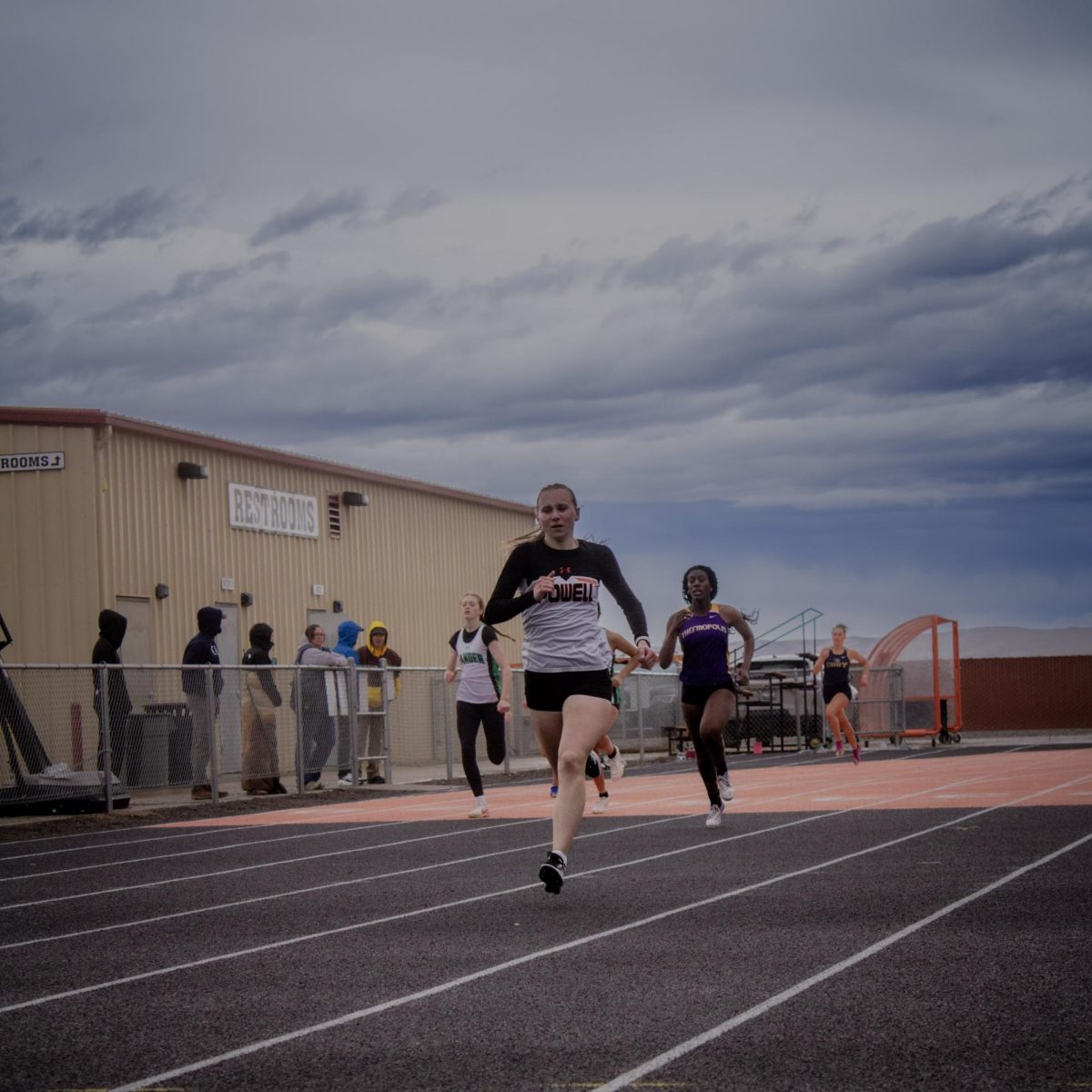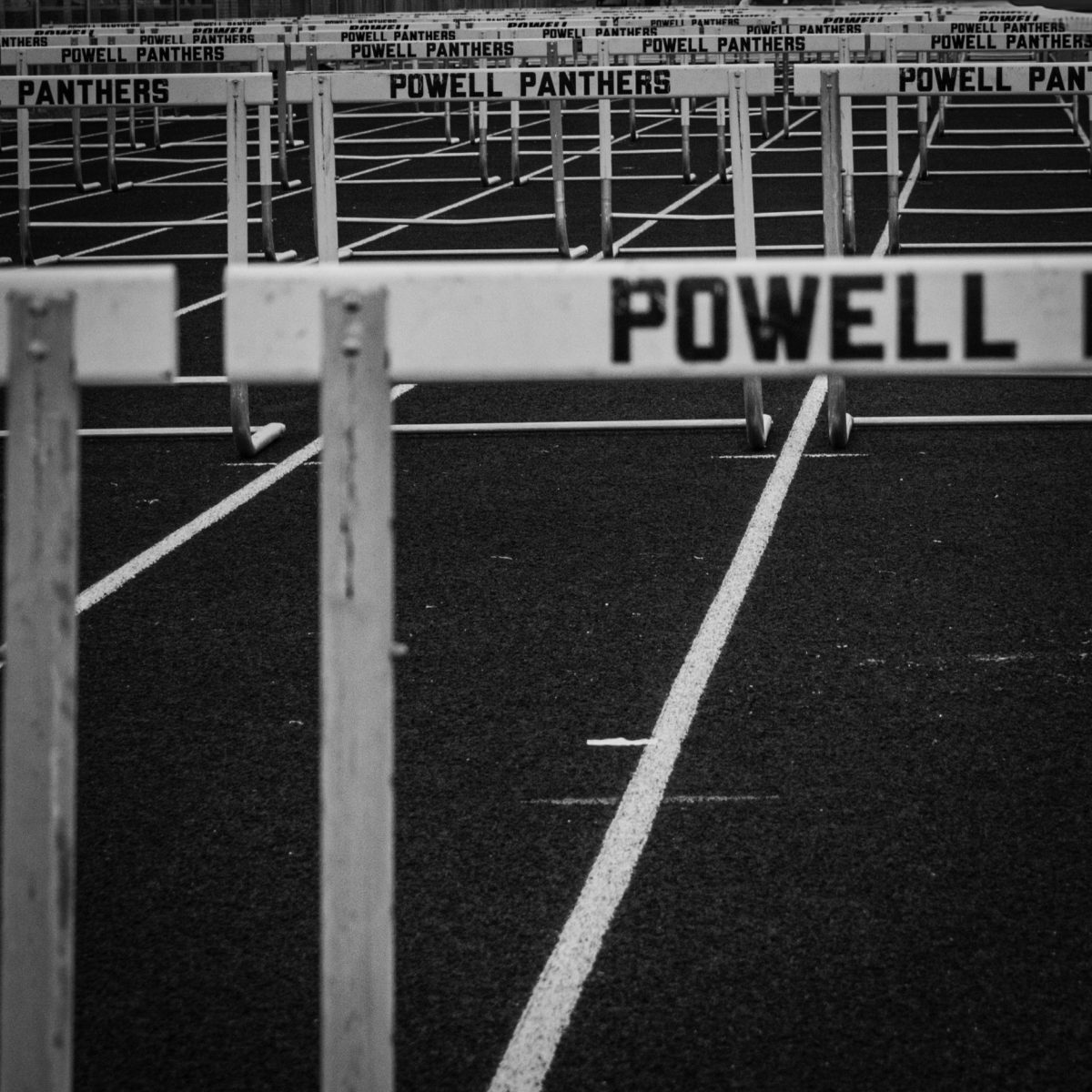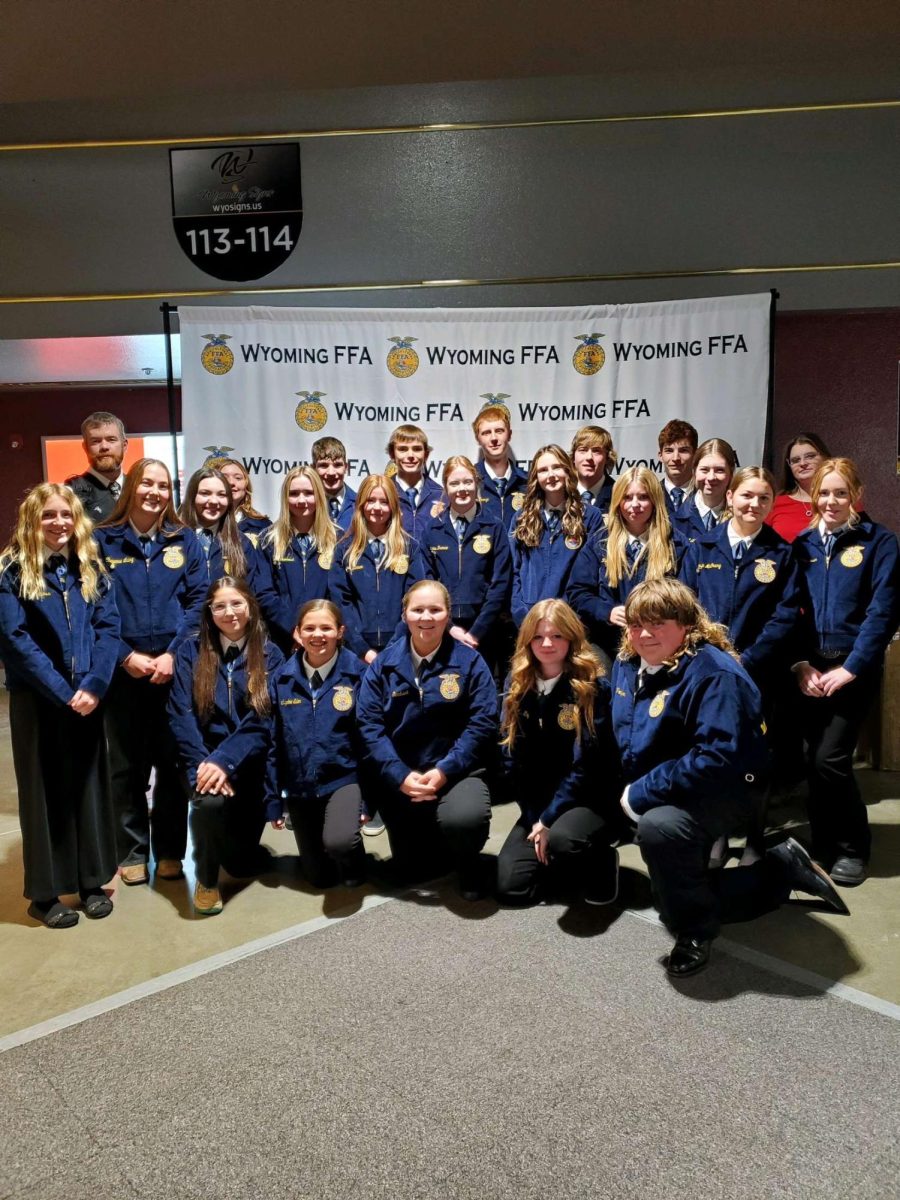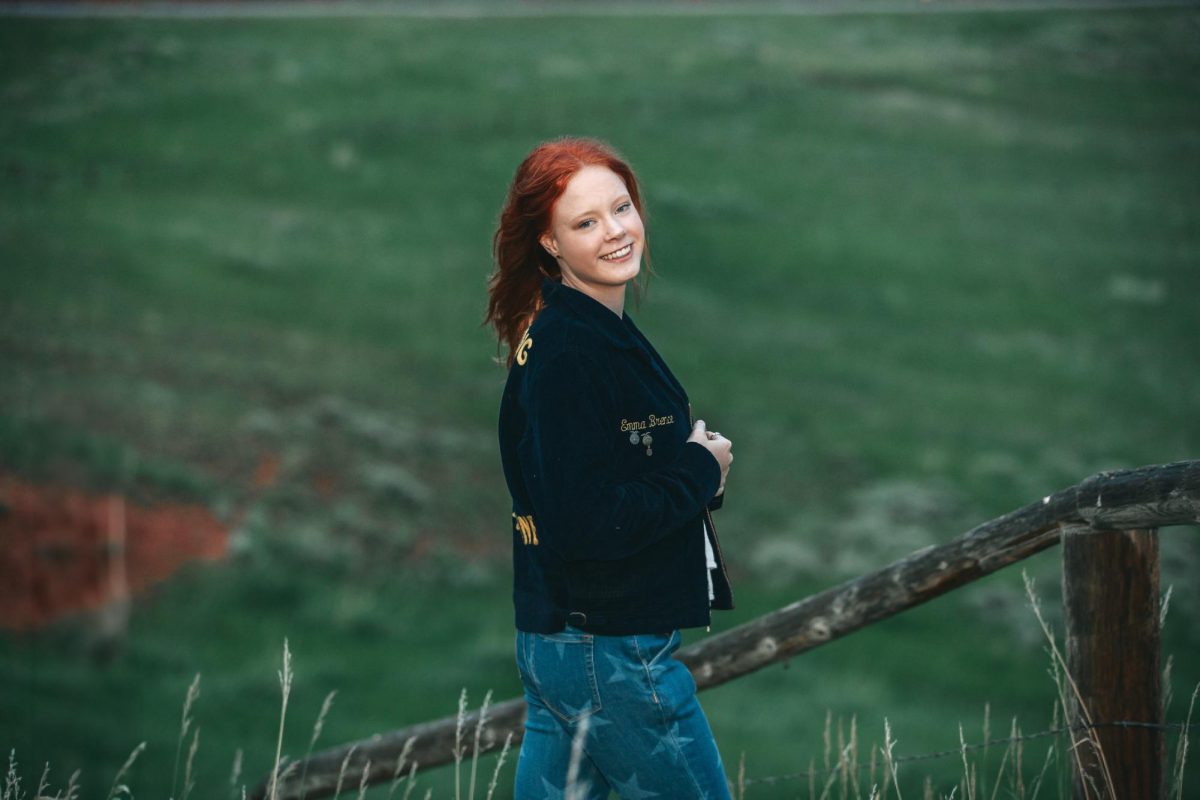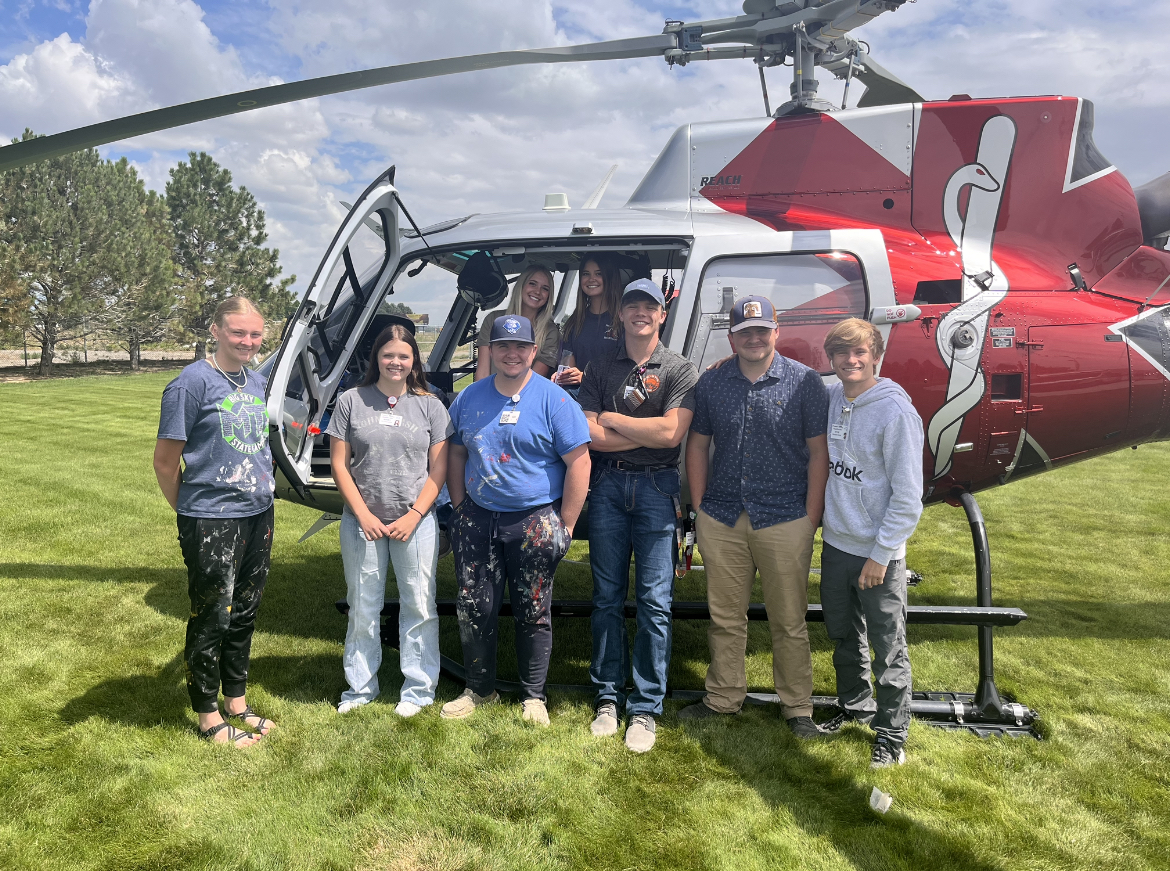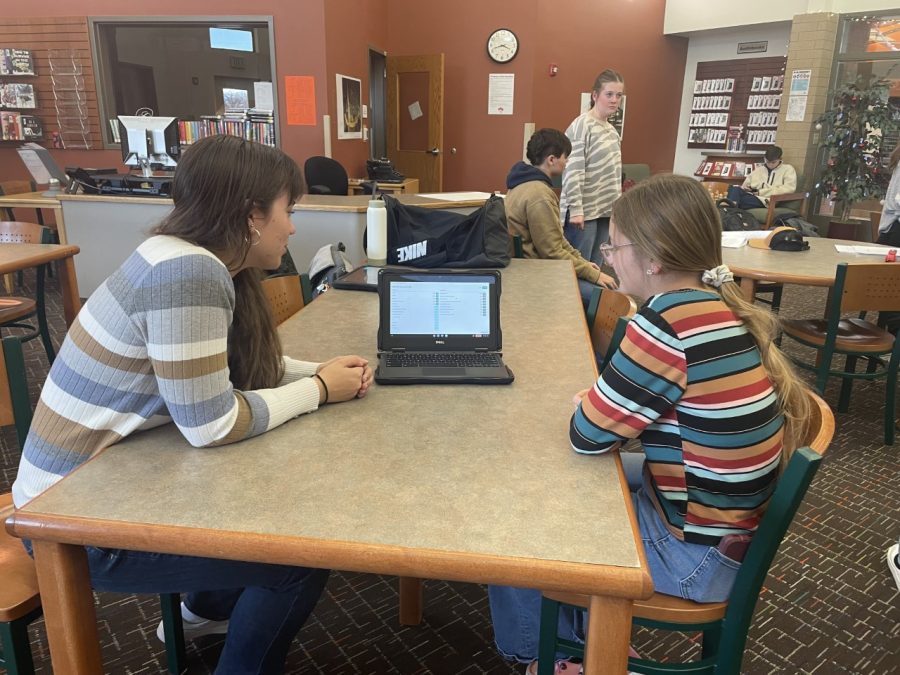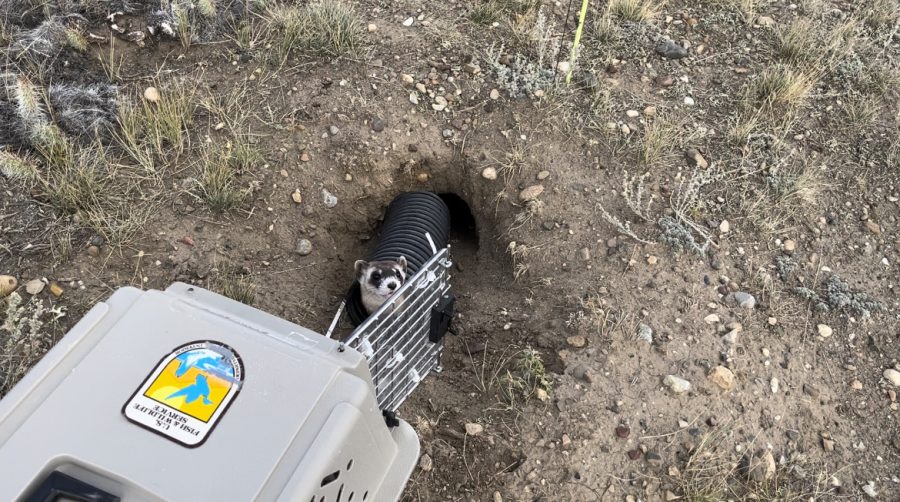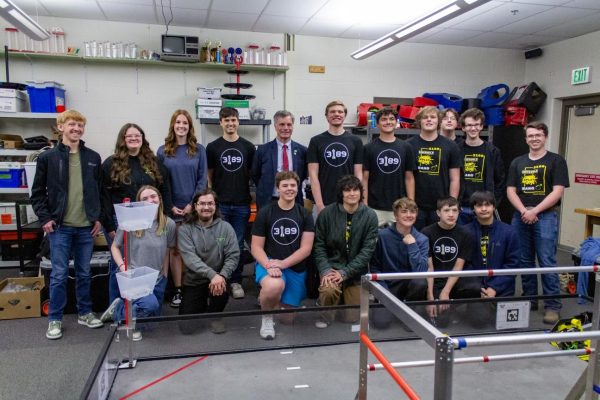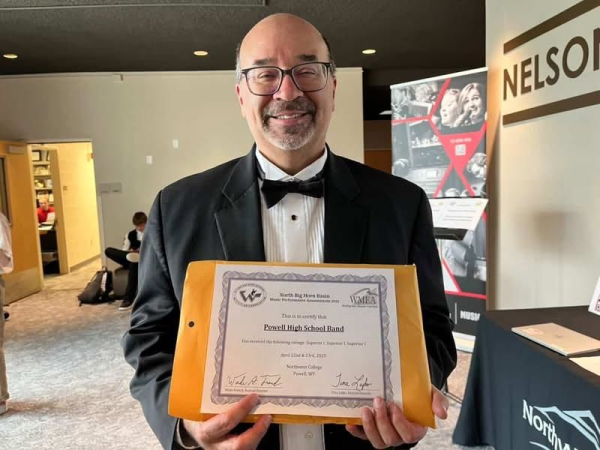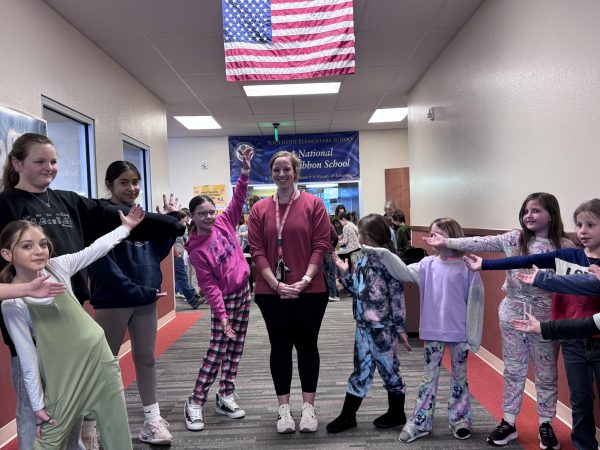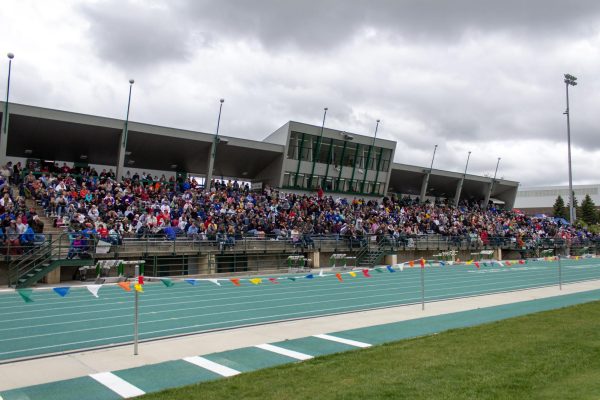RELEASING MORE HOPE
Black-Footed Ferrets Get New Start In Wyoming Prairies
Photo Courtesy of Emma Johnson
Newly nicknamed Winston, this black footed ferret poked his head up one last time before he retreated into his new home.
The sight is reminiscent of a National Geographic documentary. As the gloveless fingers of a volunteer grasped along the metal hinge of a cage, spectators held bated breaths, all in anticipation of what is to come. In a matter of seconds, a select group of people would bear witness to newfound history, as one of the most unique and native species in the Wyoming prairie was released back into the wild.
On Sep 28, eighteen critically endangered black-footed ferrets were reintroduced to Meeteetse, Wyoming, on the famed Pitchfork Ranch. Among the thirty-odd crowd of spectators were scientists, local museum curators, Bureau of Land Management employees, Wyoming Fish and Game supervisors, and two high school students from Powell.
Owned by Dr. Lennox Nile Baker Jr., it is his ranch that became the designated location where the black-footed ferret releases have occurred since 2016, and with his support, the program has seen great reception and support.
“It was in ‘12 that the head of the ferret program Jesse came out to me to explain that what they wanted to do was a survey of the prairie dogs in the area and see what their health was like,” Dr. Baker said. “Plague was really bad up there but in the spring of ‘16, since the vaccine they developed to fight off the plague was working in those testing areas, the group of people came back to me and asked if they could release the [black footed ferrets] … in ‘16 they released 38 up here, in ‘17 another 23, and in ‘18 it was at least fourteen. Nothing happened in ‘19 or ‘20 but this year I heard we’ve got a good eighteen.”
With the lack of releases in the years of COVID-19 and the scare from the plague, the anticipation for reintroducing the critical species had expanded to all of those involved in this process, one of them being BLM Cody Wildlife Biologist Abel Guevara. In his experience of releasing ferrets, there is nothing quite like seeing the full effect their work has on the environment.
“It demonstrated that the BLM’s environmental analysis, allowing our partners to expand sylvatic plague management efforts on public lands, was working and allowing ferrets to expand their ranges and survive in the wild,” Guevara said. “Just showing you these ferrets on my phone here makes me increasingly hopeful for the future of the growing population.”
Moreso, the benefits of this program weren’t strictly limited to the natural world; in an inaugural extension, Meeteetse Museums was able to hold a virtual auction for releasing a ferret and, subsequently, allowed for a world of new opportunities to emerge.
“We often get to come on these [ferret releases] so we thought, what could we do as a museum to build on this?” Director of Collections and Interp at Meetesse Museum Alexandra Deslems said. “With the work we put into getting everything online, part of the auction items are now going to the foundation to help with our endowment. We are hoping to grow the endowment to one or two million [dollars] to eventually fund another position at the museum.”
Pertaining to the auction winners, it was the Johnson family that was able to land the lucky bid, which allowed for two of PHS’ very own students to get the opportunity of a lifetime.
“When I was on my way over to the ranch, I wasn’t really expecting for it to be as cool as it was,” freshman Audrey Johnson said. “I got to carry the ferret out to its new home and name it with my sister. That kind of thing doesn’t happen to anyone and I think I’m now on a list of 30 people who got to actually release a black-footed ferret in the Meeteetse area. [Not] every day do you get to say you released an endangered animal back into its natural habitat.”
Among the team Johnson was a part of, was Margaret Baker, daughter of Dr. Lennox Baker, who provided a rare insight into this personal experience that she’s been able to treasure for the past several years.
“This has been a really great experience and I think that with the three ferrets we had today, we’ve been really lucky,” M. Baker said. “This is around my fourth time being a part of the release and sometimes they would go straight back in and we’d never see them again. But today, it has been so much fun to see the ferrets posing for pictures and walking around the area. It’s such a cool thing to be a part of … this specific release might just be my favorite.”

